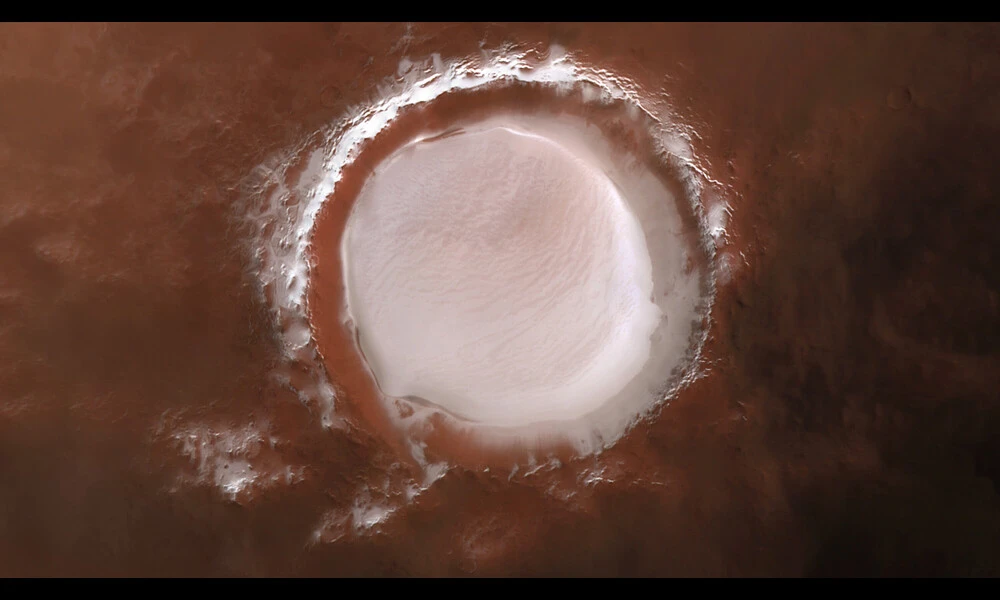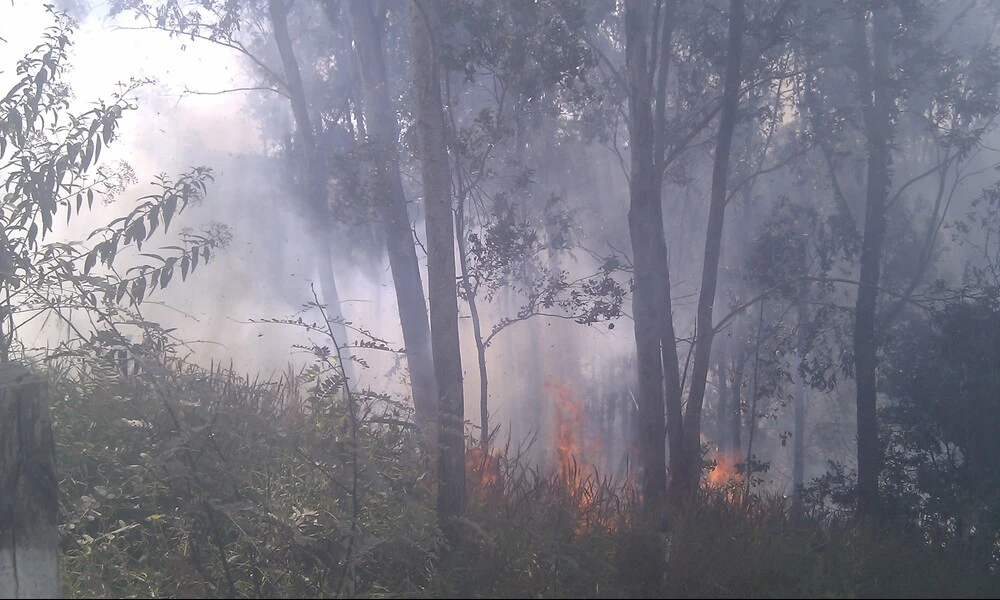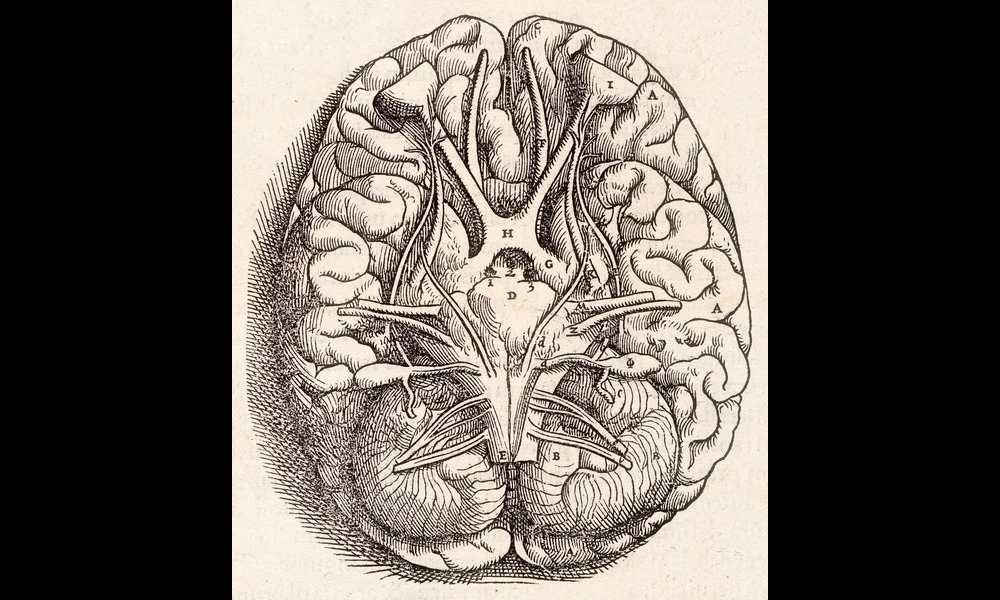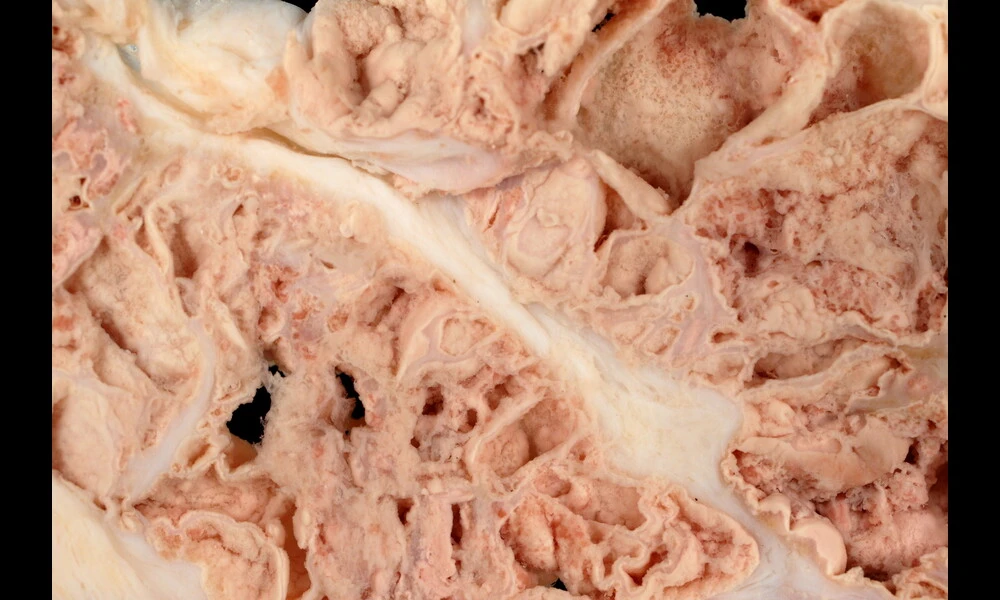Using Machine Learning to Find Hidden Ice Patches on Mars
Published on Mon May 29 2023 Mars - Korolev Crater - ESA Mars Express | Andrea Luck on flickr
Mars - Korolev Crater - ESA Mars Express | Andrea Luck on flickrNew research has found a promising way to analyze high-resolution images of Mars using machine learning. The study, conducted by a team of scientists, focused on detecting small patches of ice on the Martian surface. As the seasonal polar ice caps on Mars recede, it is possible that small ice patches may remain in shaded areas. These patches may be exposed to direct sunlight during the summer months, leading to the possibility of liquid water appearing for a short time. Understanding the occurrence of liquid water on Mars is of great interest to researchers, as it could have important implications for chemical transformations and the potential for life.
To identify these ice patches, the researchers trained a convolutional neural network (CNN) using previously analyzed images captured by the High Resolution Imaging Science Experiment (HiRISE) camera onboard the Mars Reconnaissance Orbiter. The CNN was able to recognize small bright patches, indicating the presence of ice, with a reasonable level of accuracy. However, further training may be needed to improve the precision of the predictions.
During the testing phase, the CNN accurately identified images with no small ice patches present. Unfortunately, it struggled to accurately predict the presence of multiple ice patches or even a single ice patch. The low accuracy was attributed to the model's inability to account for minor pixel anomalies and difficulties distinguishing bright patches located in shaded or sunlit areas. However, the model performed well in identifying commonly occurring surface forms such as stone fields, smaller craters, and polygonal cracks, which are known to retain ice after the retreat of the polar ice cap.
Despite the model's limitations, the research team believes that using machine learning to analyze images could significantly aid in the search for residual water ice patches on Mars. By reducing the number of images that need to be manually analyzed, scientists can focus their efforts on areas that have a higher likelihood of containing these ice patches. Future improvements in the model, such as increasing the training dataset and incorporating images with minor errors and more types of landforms, could further enhance its accuracy. This study represents a small step forward in our understanding of the presence of water on Mars and the potential for life on the red planet.



